The GUTSY port
A secure medical port that anticipates the next frontier in ostomy care. It improves the daily lives of ostomates by aiding continence, enabling bag-free moments, and bolstering bodily autonomy.
ⓒ charlotte böhning
All rights reserved.
Patent-Pending.
The WHAT
Imagine what life would be like with a plastic bag permanently attached to your body.
This bag is there when you sleep, when you exercise, when you go to work, even when you go on a first date.
This is the daily reality for ostomates, people who have undergone ostomy surgery.
This life-saving procedure changes the way intestinal contents leave your body. You might need it when your bowel is diseased, injured, or missing.
Surgeons connect the intestine to the outside of your abdomen and create an opening for waste to pass through, called a stoma. An external ostomy bag is then worn over the stoma 24/7 to collect waste.
The why
There are nearly 14 million people living with an ostomy globally and I had the pleasure of developing relationships with a handful of them (hailing all the way from Wales to Scotland to Alaska).
These connections were critical to understanding life with a stoma and the adaptations it requires.
Despite a glaring need for innovation, the ostomy bag has remained the standard of care for over 70 years, improving incrementally from makeshift bread bags and tin cans pre-1950 to disposable plastic pouches.
As a designer, my interest lies in analyzing why we haven’t moved beyond the bag. What is the next disruption on the horizon?
The how
Ostomates currently have little control over their stoma, given that it’s continually and spontaneously emptying waste into the external bag. The question arises: how can we propel the ostomate experience forward?
That’s where my proposal, Gutsy comes in.
It’s a secure port that ostomates can wear over their stoma for hours at a time to control the flow of waste.
Gutsy, is designed to…
Provide autonomy and control.
Create a greater sense of continence.
Act as an artificial sphincter of sorts.
Enable bag-free moments.
Explore the next frontier of ostomy care.
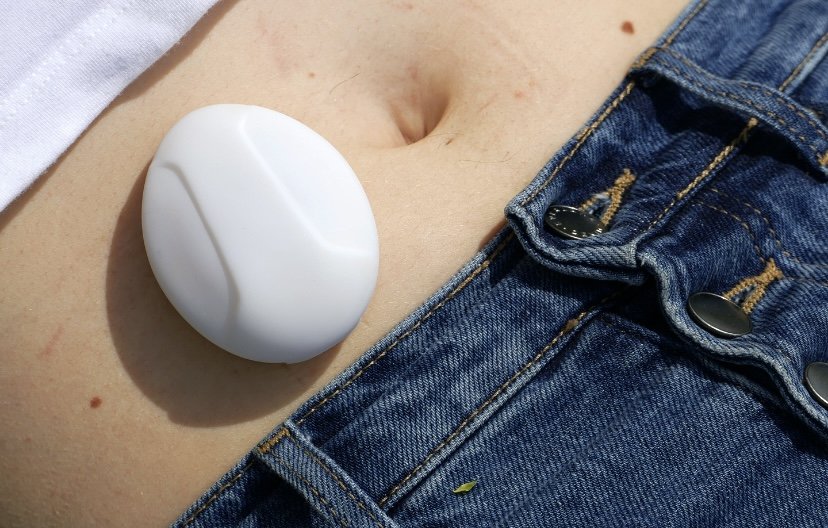



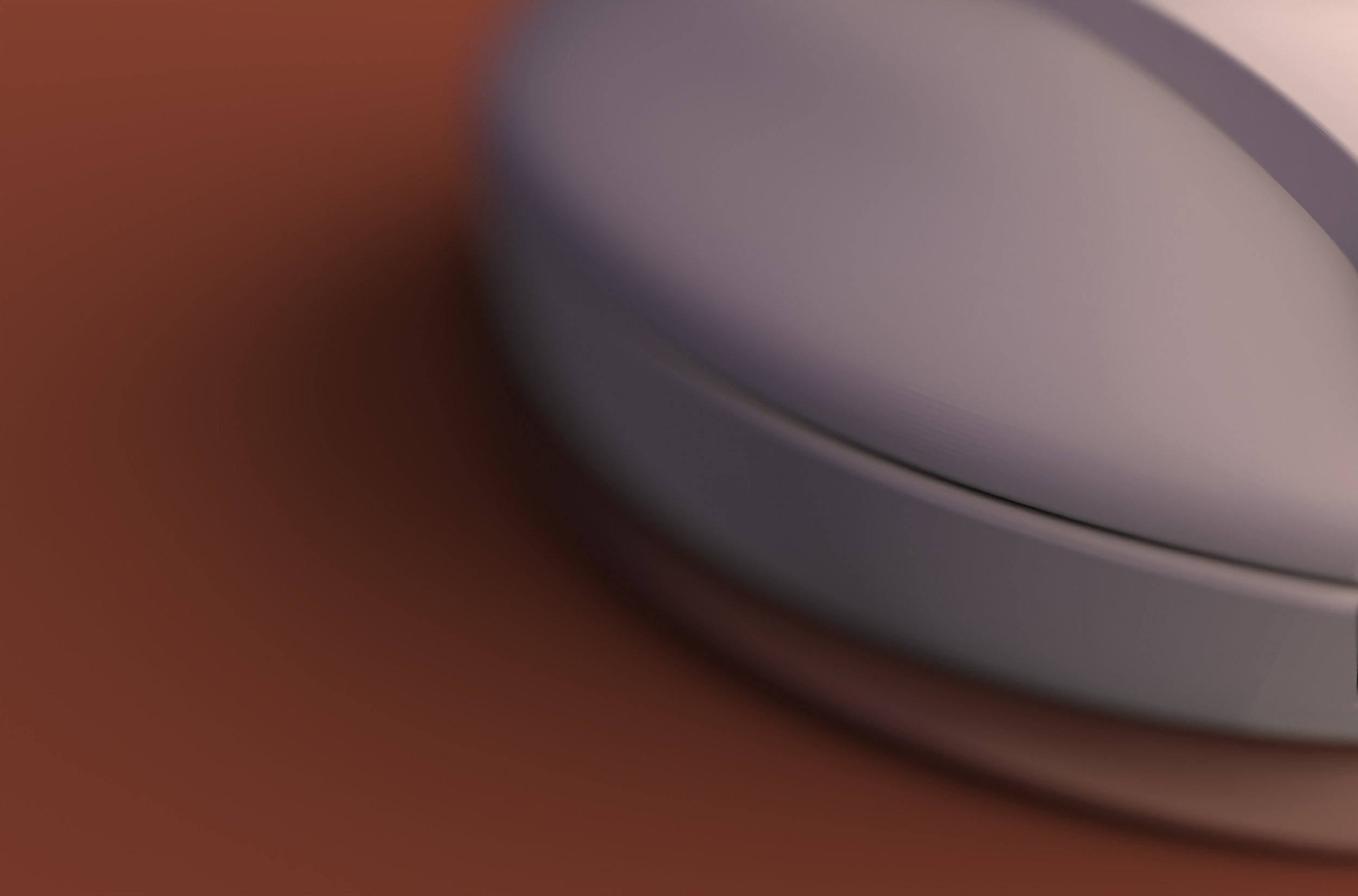

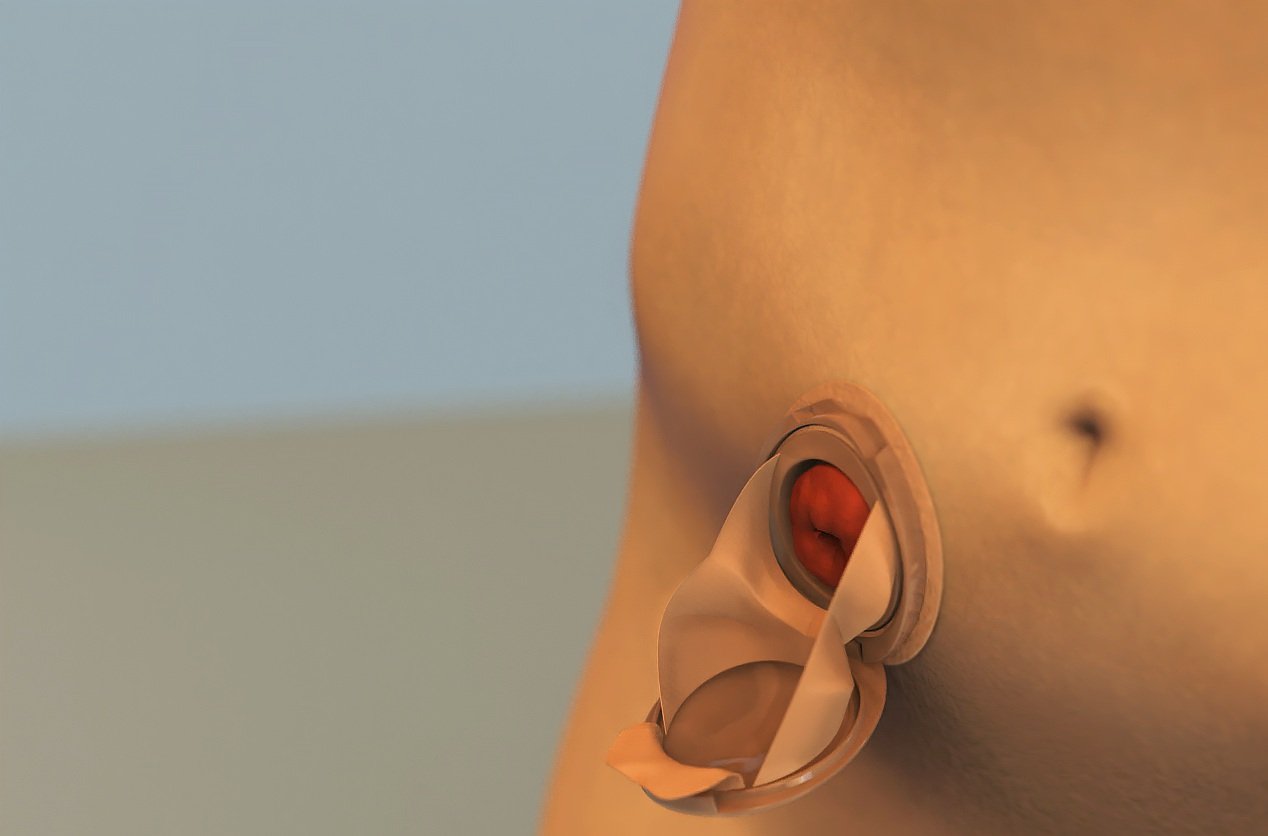
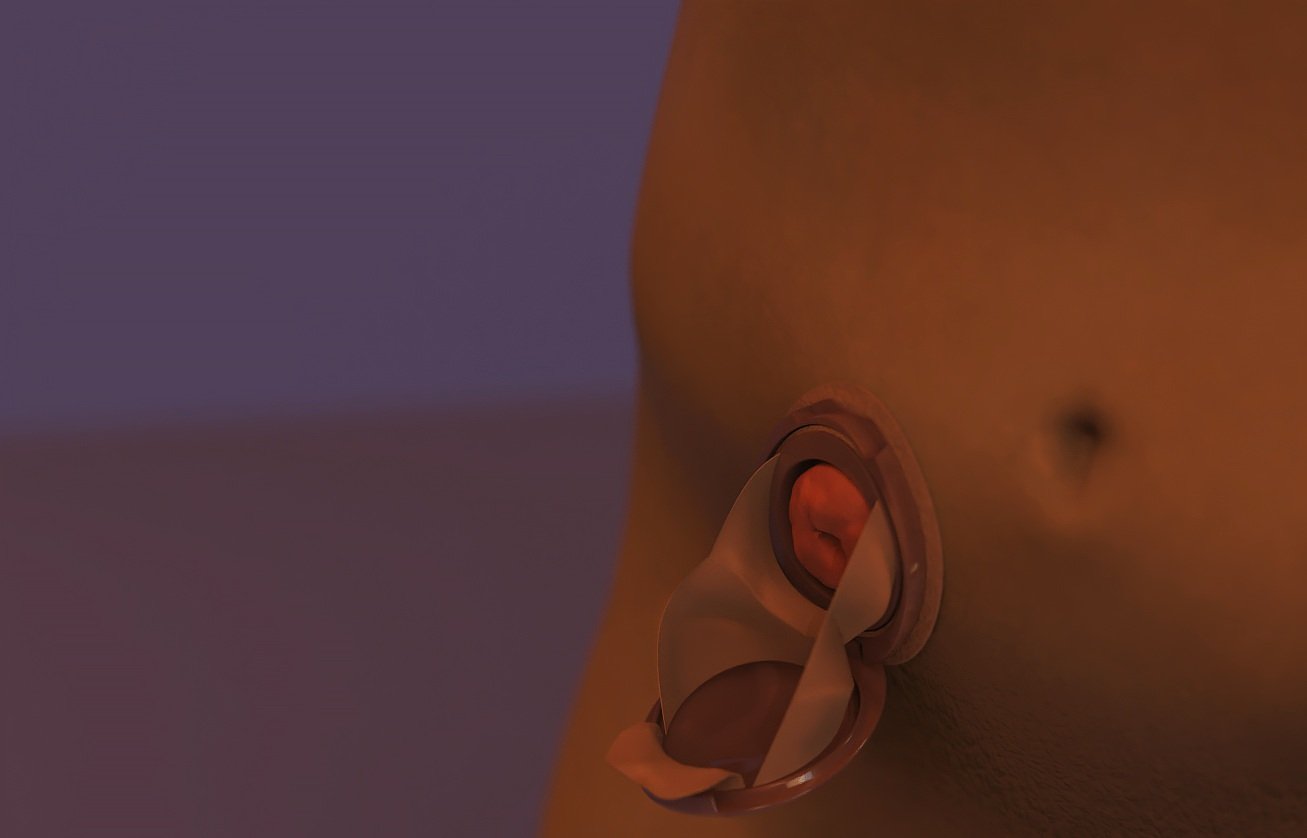
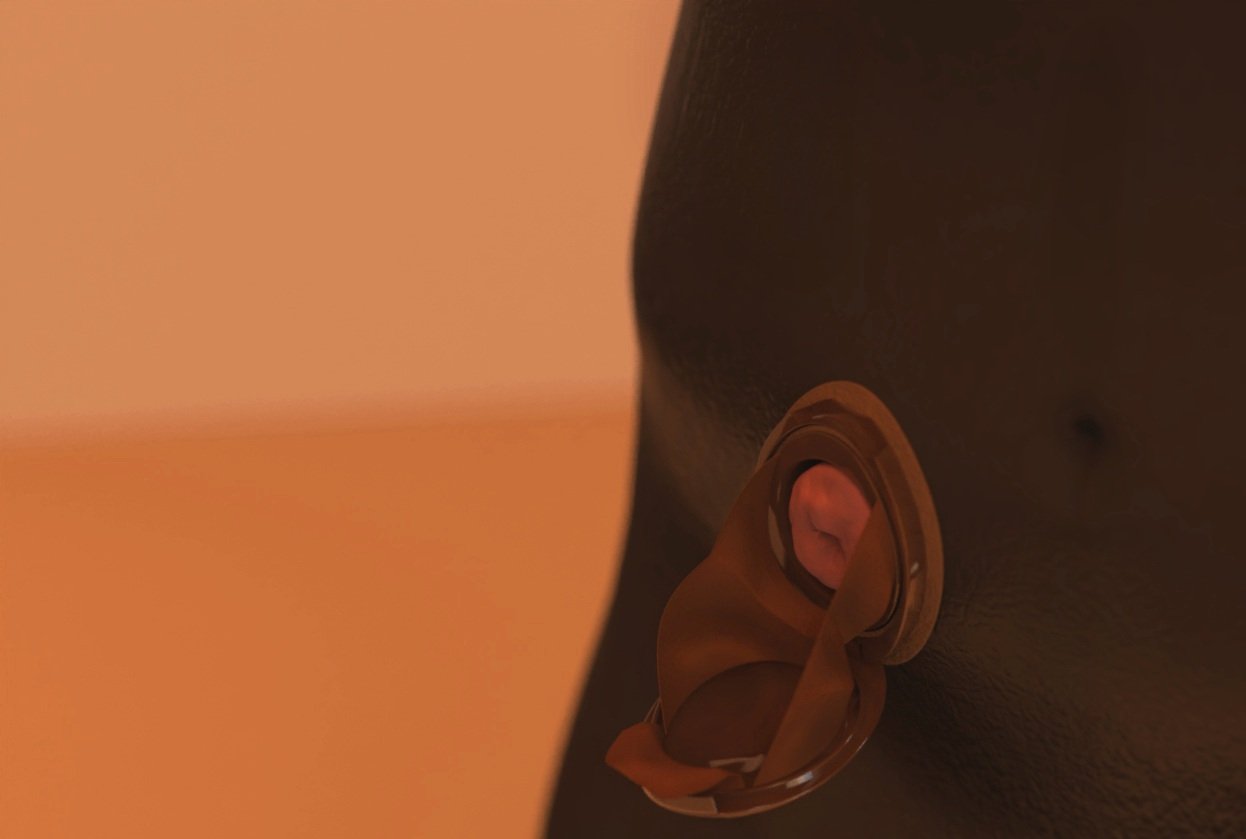
THE PROCESS
Characterized by:
Extensive user interviews
Ethnographic research
Ephemera collection
Immersive bodystorming
Iterative prototyping
An ongoing partnership with the chief of colorectal surgery at NewYork-Presbyterian and Weill Cornell Medical Center.








